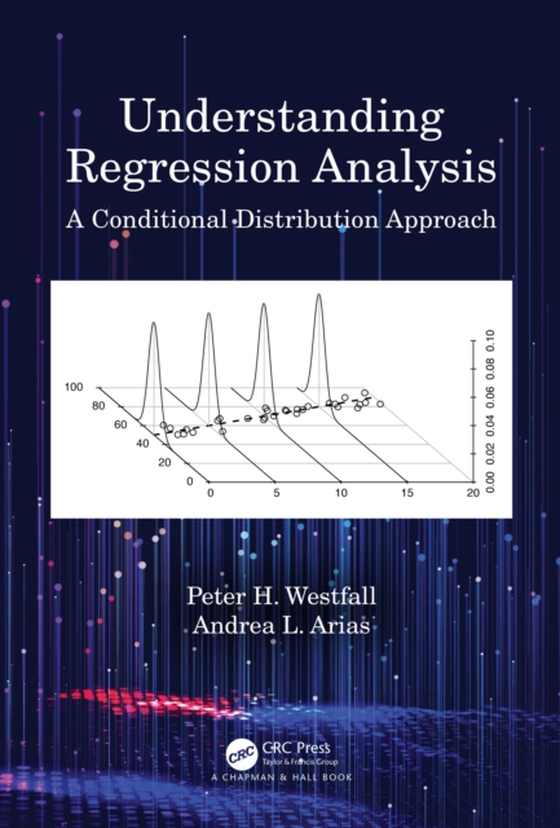
Understanding Regression Analysis e-bog
449,29 DKK
(ekskl. moms 359,43 DKK)
Understanding Regression Analysis unifies diverse regression applications including the classical model, ANOVA models, generalized models including Poisson, Negative binomial, logistic, and survival, neural networks, and decision trees under a common umbrella -- namely, the conditional distribution model. It explains why the conditional distribution model is the correct model, and it also expla...
E-bog
449,29 DKK
Forlag
Chapman and Hall/CRC
Udgivet
25 juni 2020
Længde
496 sider
Genrer
KCHS
Sprog
English
Format
epub
Beskyttelse
LCP
ISBN
9781000069631
Understanding Regression Analysis unifies diverse regression applications including the classical model, ANOVA models, generalized models including Poisson, Negative binomial, logistic, and survival, neural networks, and decision trees under a common umbrella -- namely, the conditional distribution model. It explains why the conditional distribution model is the correct model, and it also explains (proves) why the assumptions of the classical regression model are wrong. Unlike other regression books, this one from the outset takes a realistic approach that all models are just approximations. Hence, the emphasis is to model Nature's processes realistically, rather than to assume (incorrectly) that Nature works in particular, constrained ways.Key features of the book include:Numerous worked examples using the R softwareKey points and self-study questions displayed "e;just-in-time"e; within chaptersSimple mathematical explanations ("e;baby proofs"e;) of key conceptsClear explanations and applications of statistical significance (p-values), incorporating the American Statistical Association guidelinesUse of "e;data-generating process"e; terminology rather than "e;population"e;Random-X framework is assumed throughout (the fixed-X case is presented as a special case of the random-X case)Clear explanations of probabilistic modelling, including likelihood-based methodsUse of simulations throughout to explain concepts and to perform data analysesThis book has a strong orientation towards science in general, as well as chapter-review and self-study questions, so it can be used as a textbook for research-oriented students in the social, biological and medical, and physical and engineering sciences. As well, its mathematical emphasis makes it ideal for a text in mathematics and statistics courses. With its numerous worked examples, it is also ideally suited to be a reference book for all scientists.
 Dansk
Dansk

